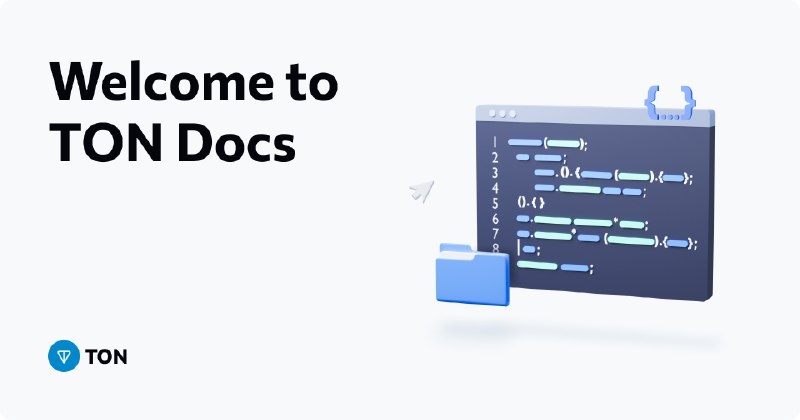tg-me.com/laiskynotes/319
Last Update:
终于学会相对精确的控制 TON 的 value flow 了,先记个小笔记防止忘了。这也只是我目前的理解,不一定正确,欢迎讨论或指正。
有三个主要费用 network、computing、action。network 包含消息发送的费用,一般由 sender 付,钱包里一般消息的 value 和 network fee 是分别支付的,而合约中默认是从消息的 value 中支付的。computing 是执行合约的费用,action 是合约发送 external message 的费用,主要就是 emit。(此外还有 storage fee 先不管了)ctx.value 代表的是 inflow msg 携带的 value,sender 已经付过了 network fee,还没支付 computing 和 action。合约执行后会扣除 computing,执行完成后如果有需要发送的 outflow 消息,那么再扣除 action fee。
可以把 ctx.value 理解为税前收入,而且你无法知道会收多少税(computing & action fees)。
补充:FunC 里是可以精确计算 fwd_fee 的,但是感觉 tact 不太行,可参考:
* https://docs.ton.org/develop/smart-contracts/fee-calculation
* https://github.com/ton-blockchain/stablecoin-contract/blob/main/contracts/gas.fc
* https://tonviewer.com/config#24myBalance() - ctx.value 代表合约执行前的余额。可以用 nativeReserve(myBalance() - ctx.value, ReserveExact); 来保护合约余额不被用户消息所消耗。
但是你在合约代码中极难通过控制 ctx.value 来计算你能操作的 inflow 余额,因为 computing 和 action 的开销是很难计算的。比如如果你想要把剩余的 inflow value 全部转走,可行的办法是用 nativeReserve 锁定不想转走的余额,然后再用 SendRemainingBalance mode 发送一条 value 为 0 的消息。SendRemainingBalance 会转走未被 nativeReserve 锁定的全部金额,按照上文描述,也就是所有剩余的 ctx.value。注意 send 的 value 并不会支付 action fee,而仅会包含 network fee。也就是说,当你在代码中 send 一个消息,这个消息的 network fee 会从 send 的 value 中扣除,但是 action fee 会从合约余额中扣除。这其中有一个坑,emit 的费用是在 action 阶段计算的,如果你的代码中使用了 emit,那么就需要记住在 action 阶段合约余额会被扣钱,你最好在 nativeReserve 的锁定中包含 emit 的费用。经过多次测试,nativeReserve 锁定余额后,仅有 storage_fee 是从 balance 扣除的,其他都是从 send 的 value 里扣除的。
但是 emit 具体花多少钱?我还不知道怎么算,目前是估计一个经验值,测试网是 0.007,你可以多锁定 0.01 给 emit。 #blockchainPs. 我真是行业冥灯,搞啥啥死
prev: https://www.tg-me.com/us/telegram/com.laiskynotes/318
next: https://www.tg-me.com/us/telegram/com.laiskynotes/324
BY Laisky's Notes


Share with your friend now:
tg-me.com/laiskynotes/319
